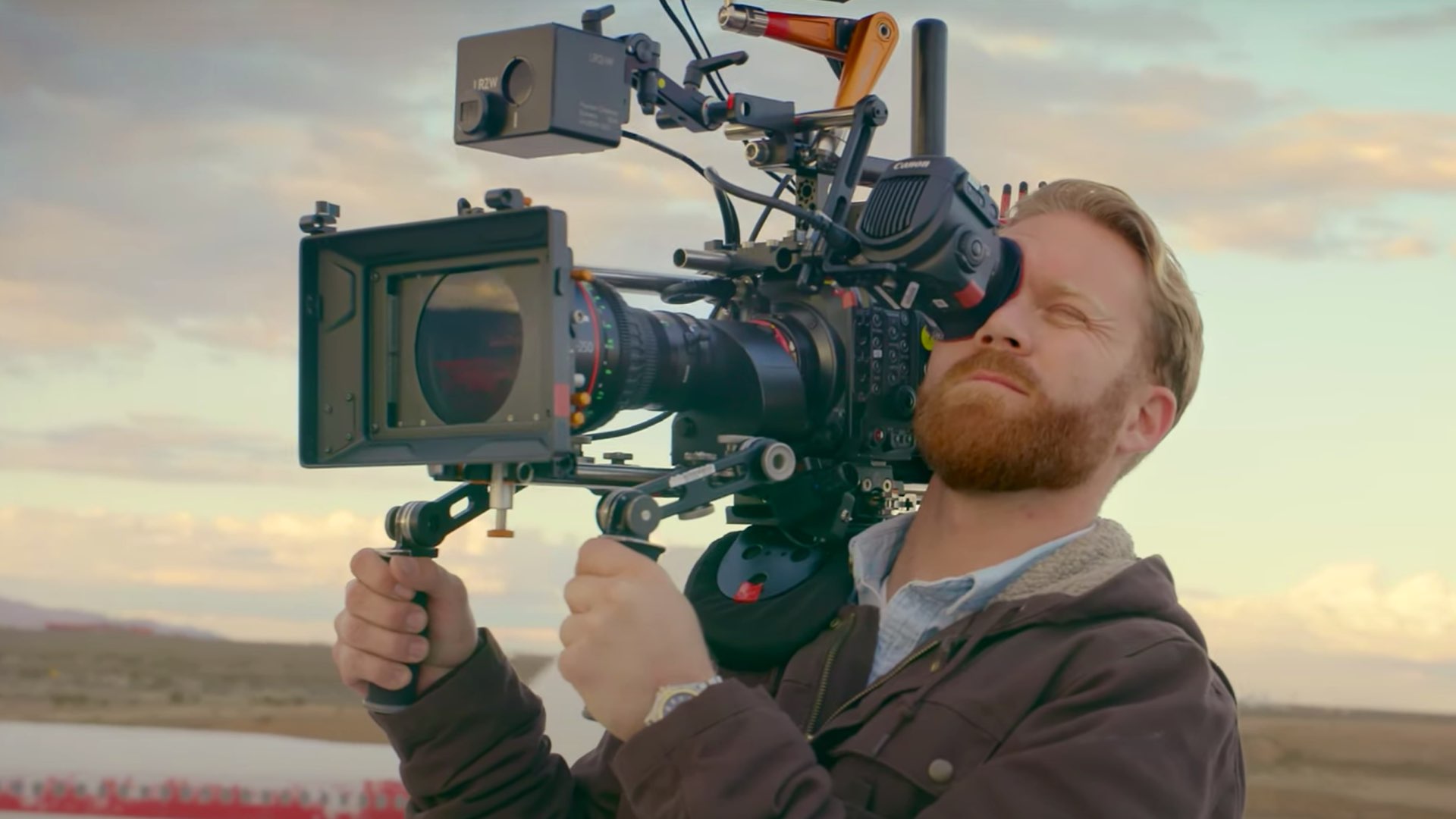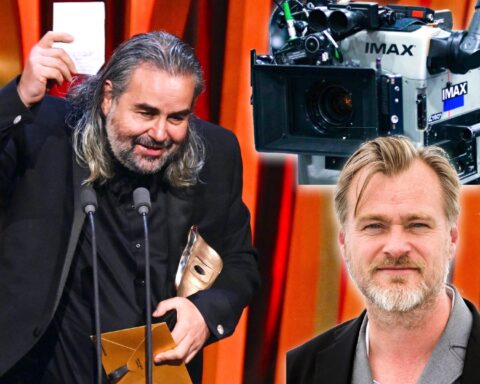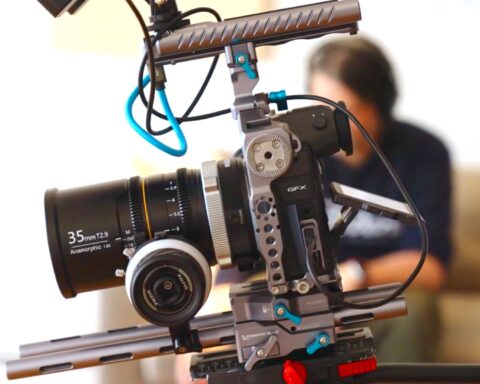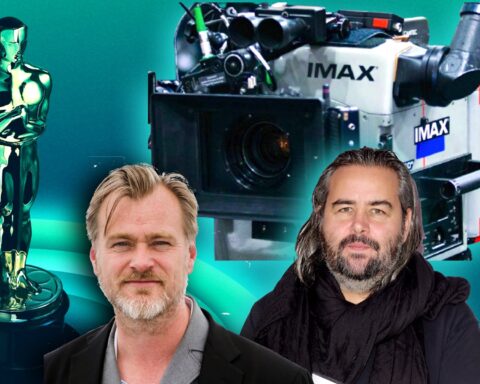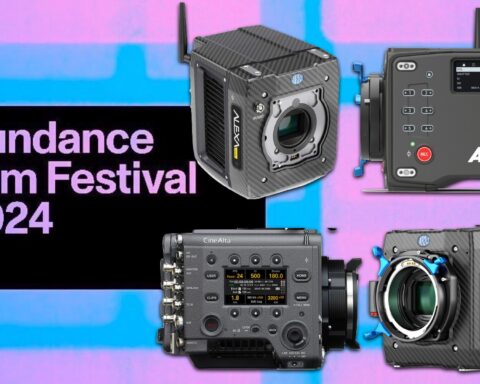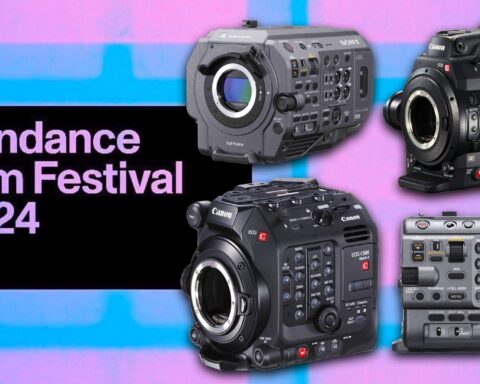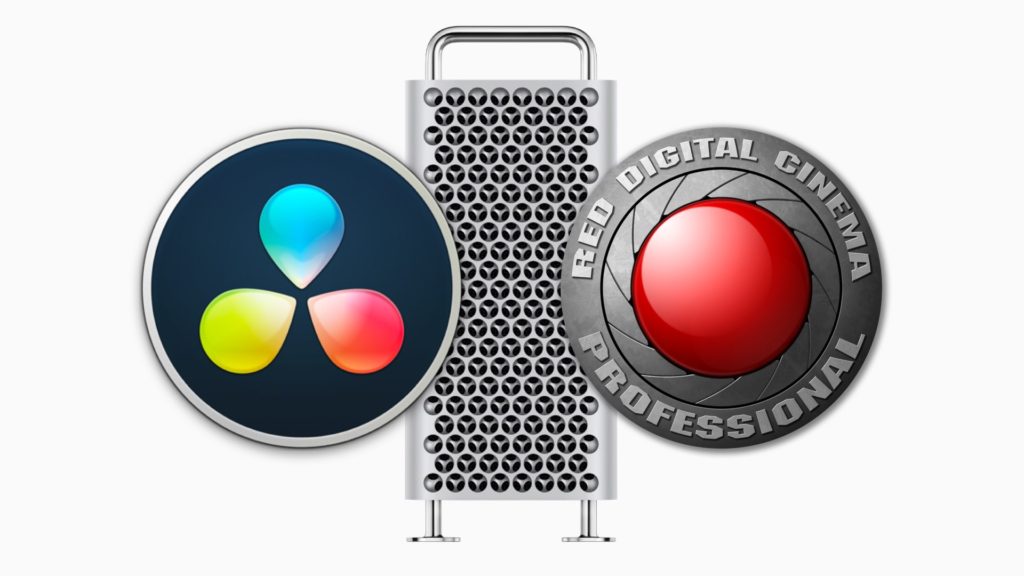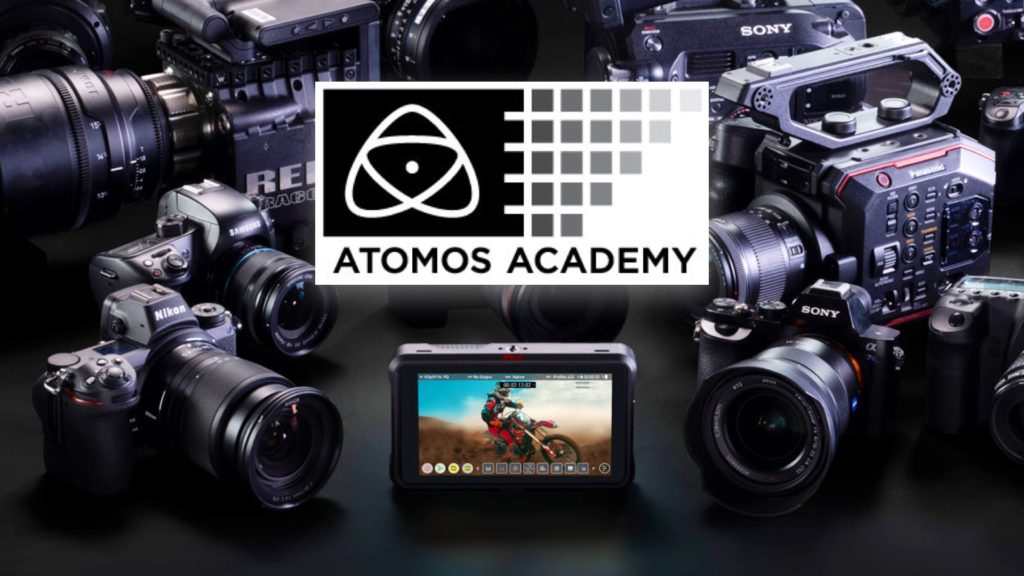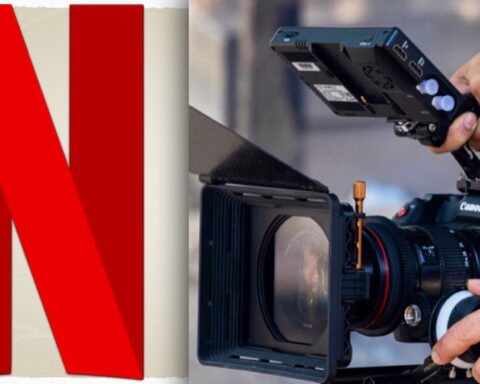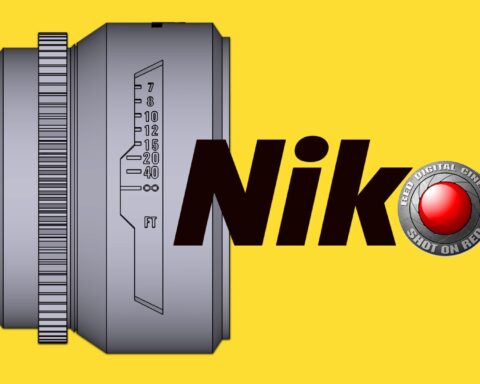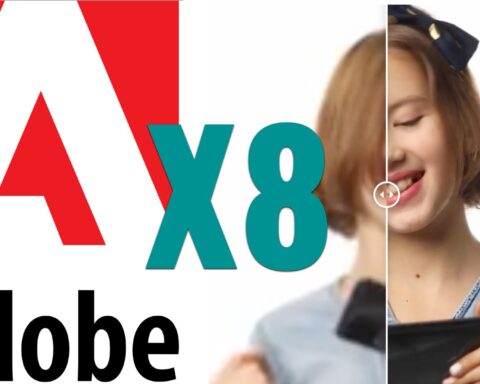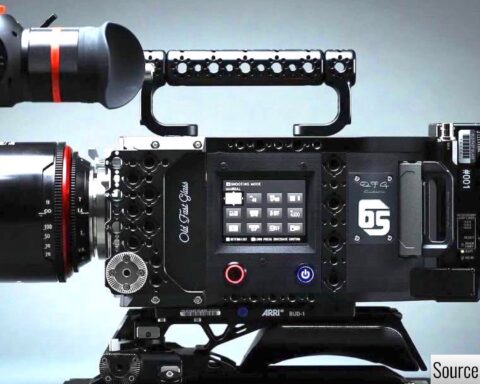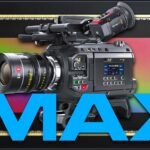Yesterday, Canon unveiled another cinema camera that goes between its great C300 line and the latest C500 Mark II flagship. The C300 Mark III is a super 35 beast with a lot of new tech and capabilities. Read on.
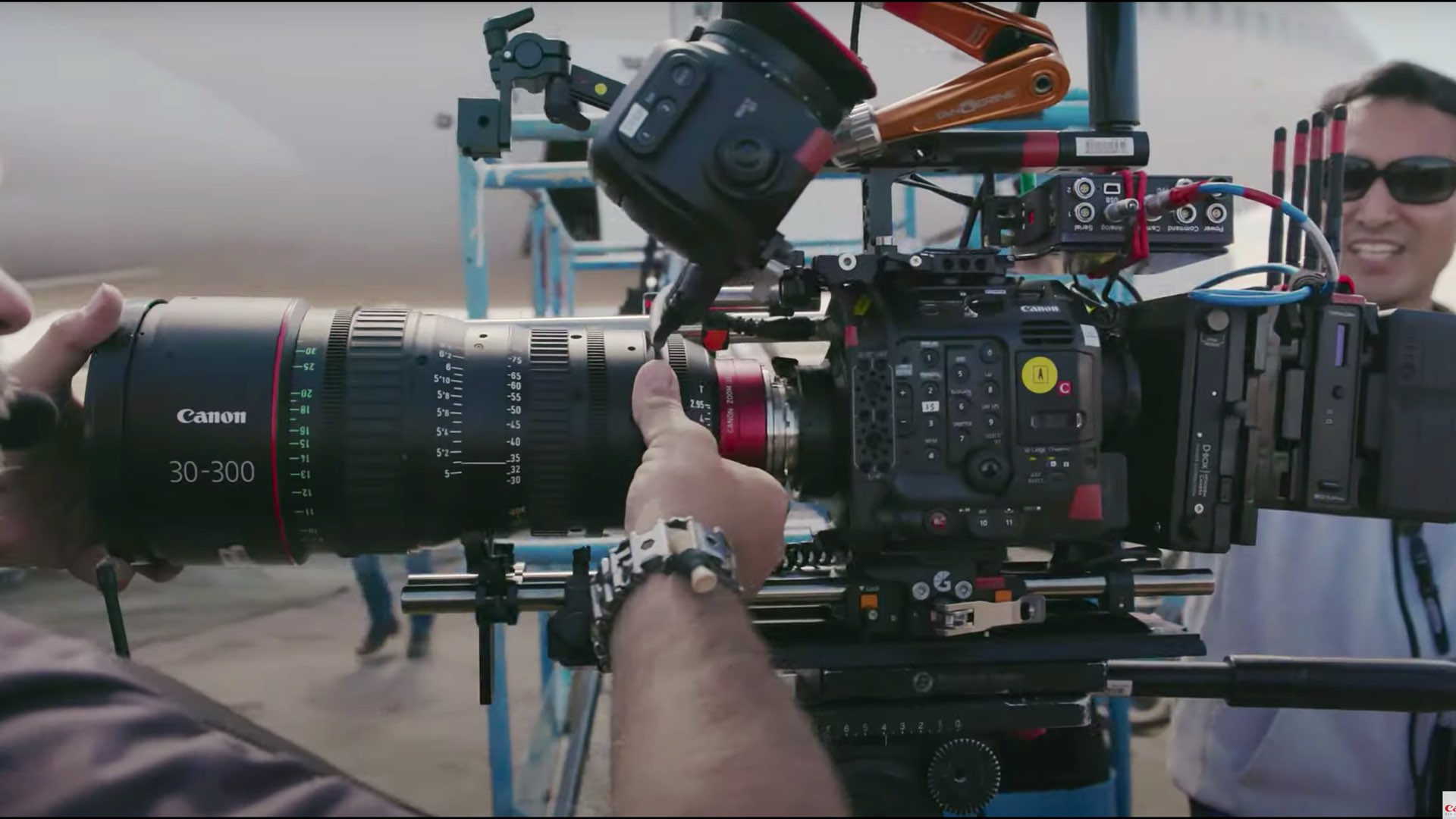
Canon EOS C300 Mark III
To make the story short, the Canon EOS C300 Mark III Digital Cinema Camera features a Super 35mm Dual Gain Output sensor with up to 16 stops of high dynamic range capability for HDR recording and low noise. It is hard to define this cinema camera. Is it more close to the C200, C500 Mark III or is it an upgraded version of the mighty C300 mark II? Well, it looks exactly the same as C500 mark II. You wouldn’t notice any difference. The modularity is identical and that’s a tremendous advantage, technology-wise, the same accessories fit both cameras, which is a huge plus.
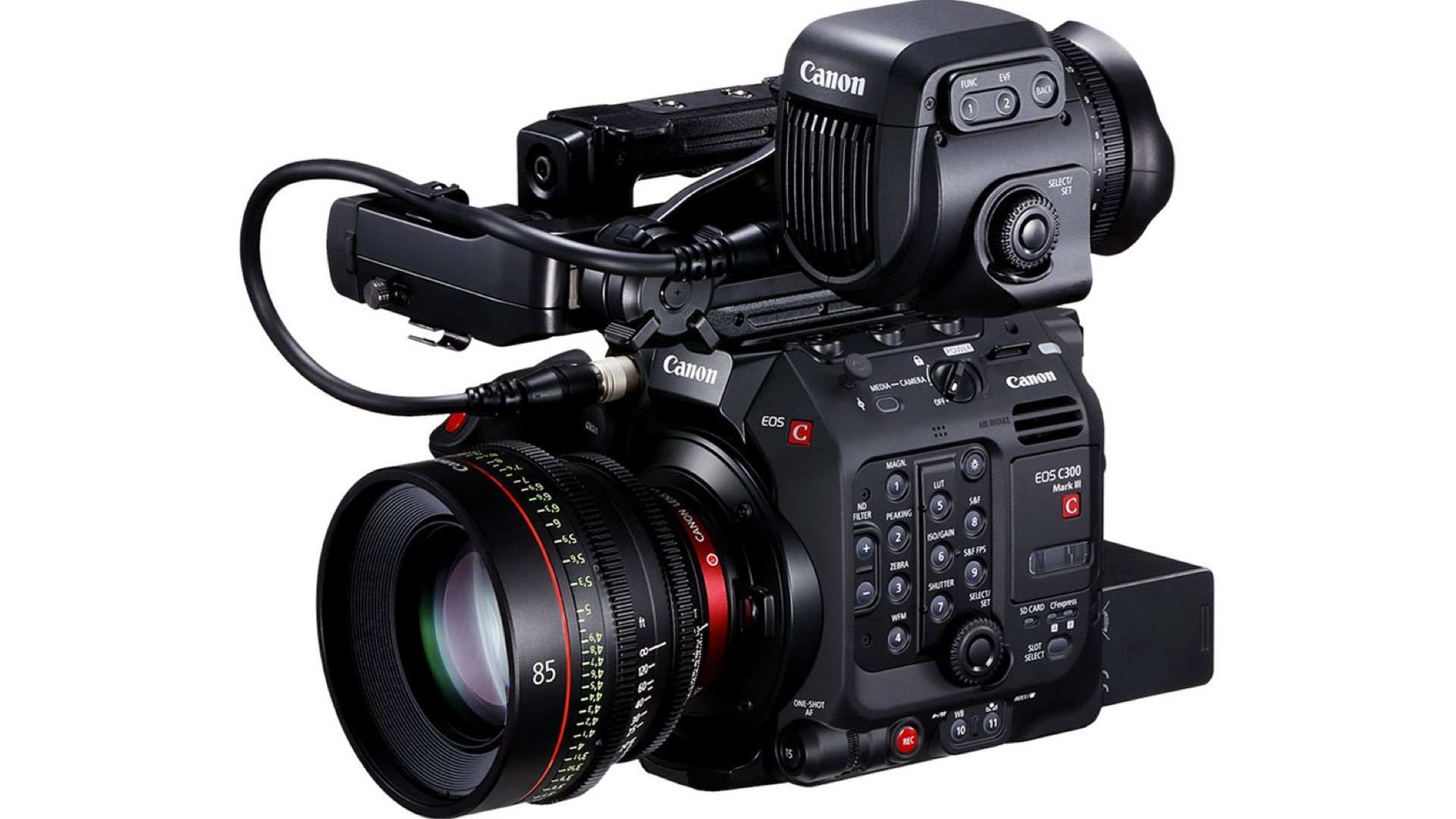
Super 35mm Dual Gain Output (DGO) Sensor
The C300 Mark III sensor is a new sensor by Canon, that utilizes new technology titled as DGO (Dual Gain Output). This new sensor is capable of an extended dynamic range of 16 stops and is compatible with Canon’s exclusive Dual Pixel CMOS Autofocus technology. The DGO Sensor is a newly developed imaging system that generates a high dynamic range and maintains low noise levels by reading out each pixel with different gains.
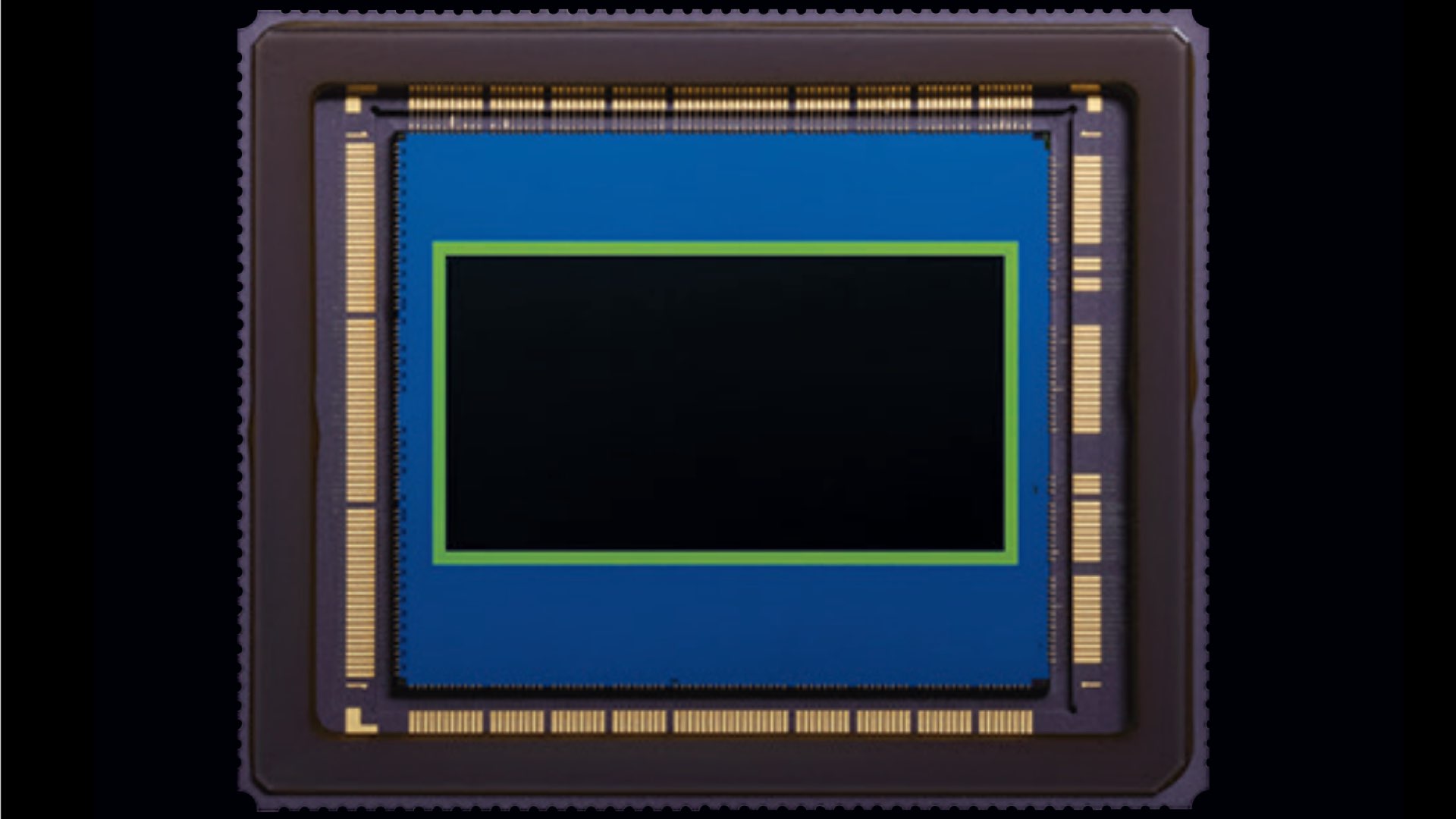
The sensor combines images using pixels shot with a saturation-prioritizing amplifier for bright areas and a lower-noise noise-prioritizing amplifier for darker areas. That means you’ll get smoother darker areas with shooting in higher noise, however, tests have been showing that the DGO technology is being optimally utilized on 800 ISO. Yes, the C300 Mark III performs better in low light situations than the C500 Mark II, even that the C500 Mark II has a larger sensor.
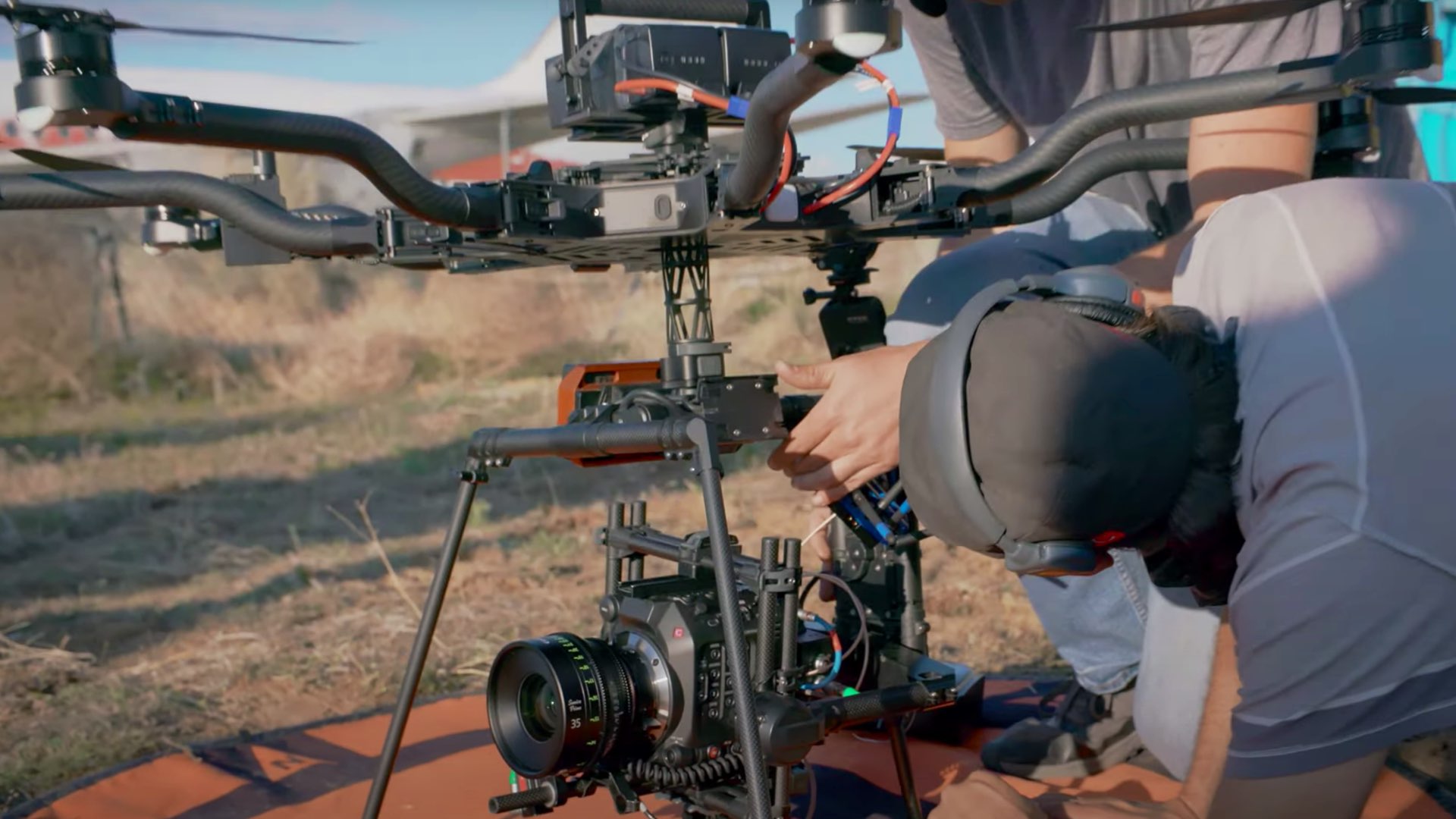
C300 Mark III Highlights
Here is a list regarding the highlights of the C300 Mark III:
- Canon Super 35mm Dual Gain Output (DGO) Sensor
- DIGIC DV 7 Image Processor
- Modular Design with Three Available Expansion Units
- Canon Log 2 and 3 Gamma Support
- LM-V2 4.3″ LCD Touch Screen Monitor (sold separately)
- 4-channel Audio Recording
- Support for Custom User LUTs
- User Interchangeable Lens Mounts
- Anamorphic Lens Support
- Canon Cinema RAW Light and XF-AVC Recording
- Five-axis Electronic Image Stabilization
- 12G-SDI
- Dual Pixel CMOS AF with Touch AF and Face Detection
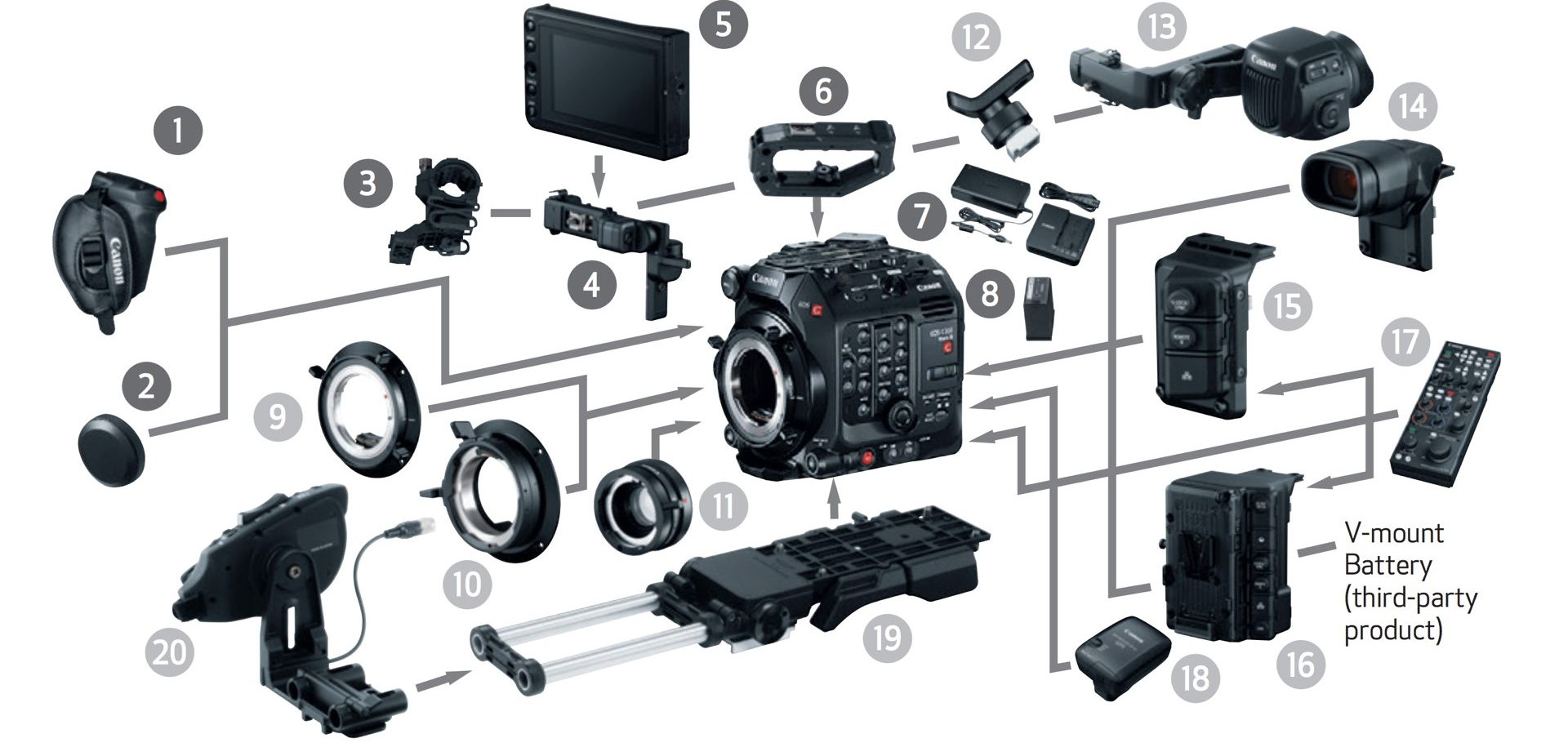
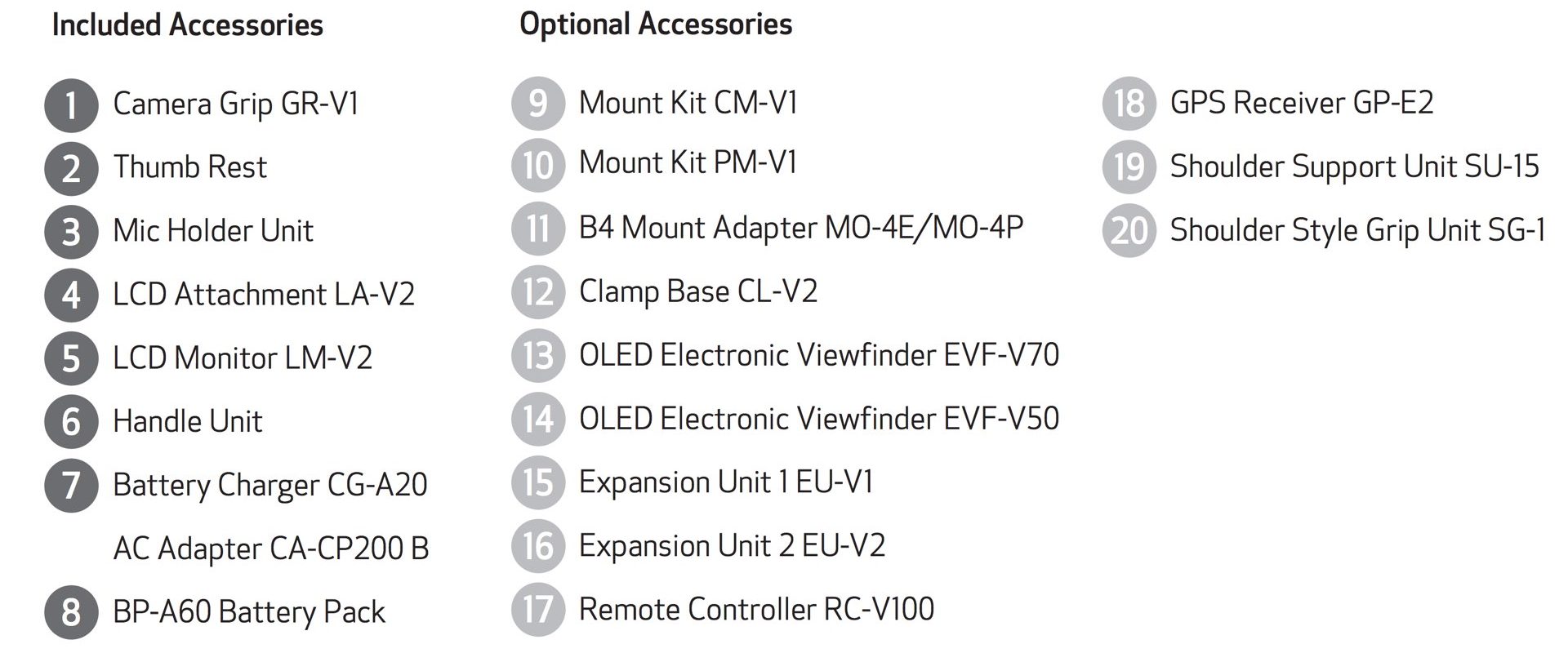
Slow-motion capabilities
The Canon C300 Mark III excels in its slow-motion capabilities, which allow the privilege of shooting RAW in slow motion without cropping the sensor (up to 120 frames per second). The reason for this impressive capability is the DIGIC DV 7 Image Processor combined with the smaller sensor size. Furthermore, there is an option of shooting 180 FPS but on Super 16 mode (cropped). The Dual Pixel CMOS AF is operational during 120 fps which is quite impressive.
Explore the table below which demonstrates the slow-motion possibilities of the C300 Mark III.
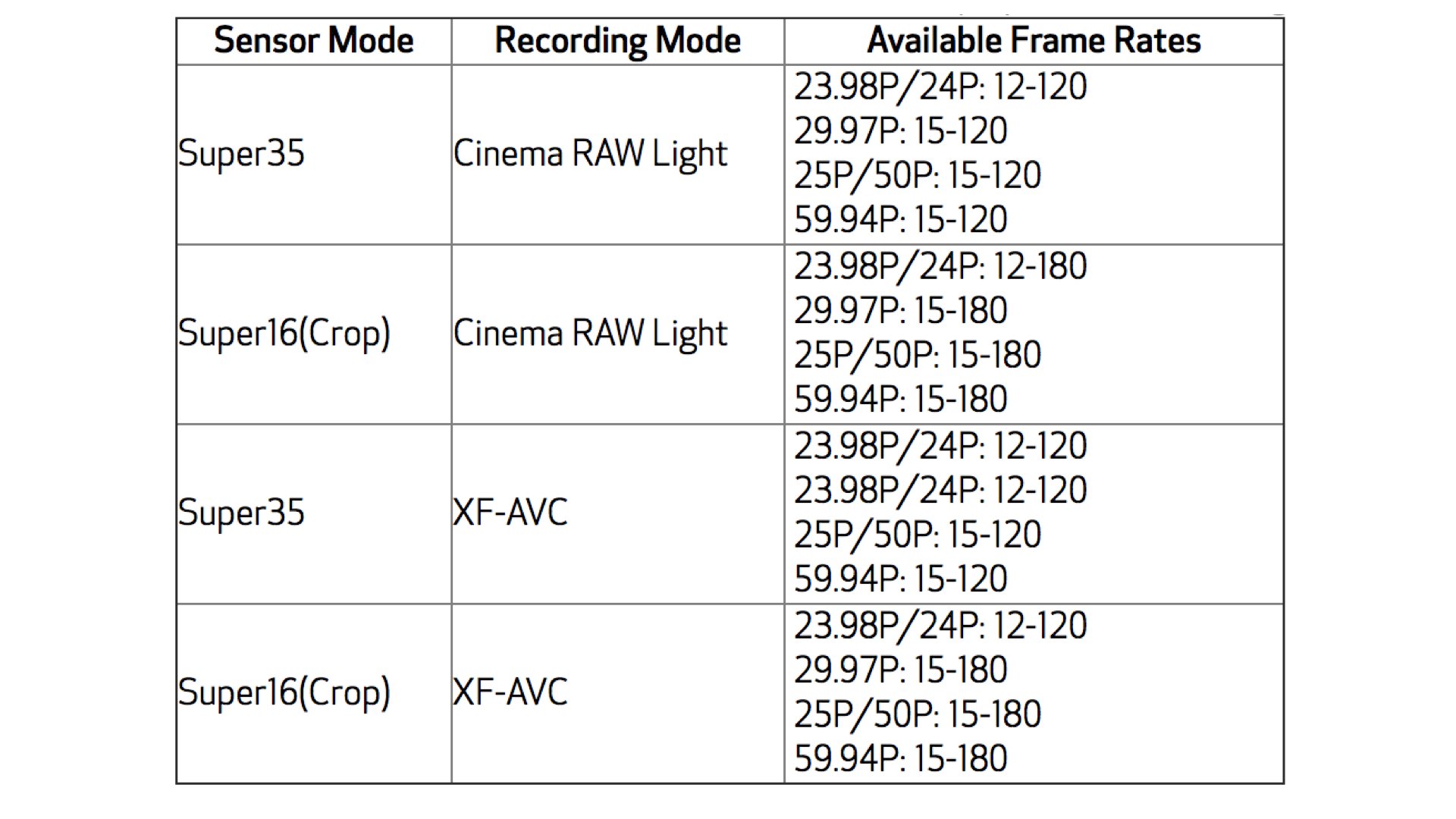
C300 Mark III vs C500 Mark II
Although there is some logic comparing those two cinema cameras, they are still completely different species. As explained, they look the same. They both own identical user experience, plus modularity. The C300 Mark III is a fast machine (high fps, 3 second booting time, efficient power management and so on). However, it’s still super 35, as opposed to the full-frame sensor on the C500 Mark III. Furthermore, the C300 Mark III costs $11,000 which is much more affordable than the C500 Mark II which costs $16,000.
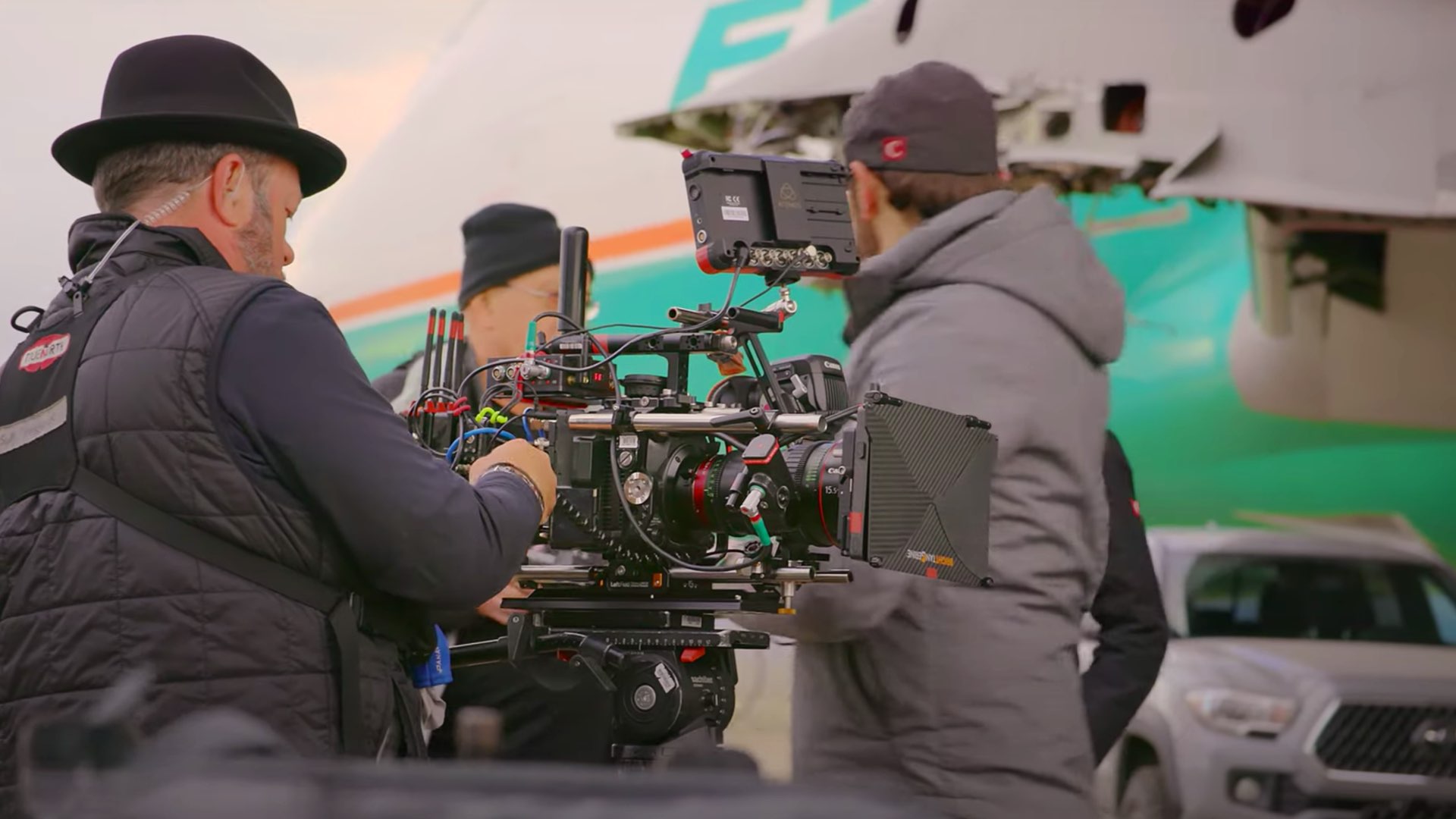
Sensor size as an important factor
As explained, the C500 Mark II has a full-frame sensor, and that’s a big deal, especially for those who pursuit after the large format look. Super 35 is still a very powerful and respectful format (from a cinematography point of view), however, when shooting full-frame, it’s hard going back to a smaller sensor. Large format cinematography awards a lot of artistic possibilities that can’t be achieved on Super 35. Nevertheless, in our opinion, the footage of the C300 Mark III looks much more cinematic. You can clearly notice the marvelous dynamic range of this new camera.
Take a look at the video below which shot on the C300 Mark III and judge for yourself:
Price and availability
The C300 Mark III costs $10,999.
Click here for the C300 Mark III page on B&H.
Final thoughts
The Canon C300 Mark III constitutes a decent option when Super 35 is your bread and butter. It’s fast and can be adapted to meet the requirements of high-end productions, and independent projects as well. It’s a versatile cinematographic tool with a lot of potentials. In our opinion, the image quality is even better than the C500 Mark II. What do you think about the C300 Mark III? Would you purchase it? Is the Super 35 format still relevant to modern cinematography? Let’s know your insights.


